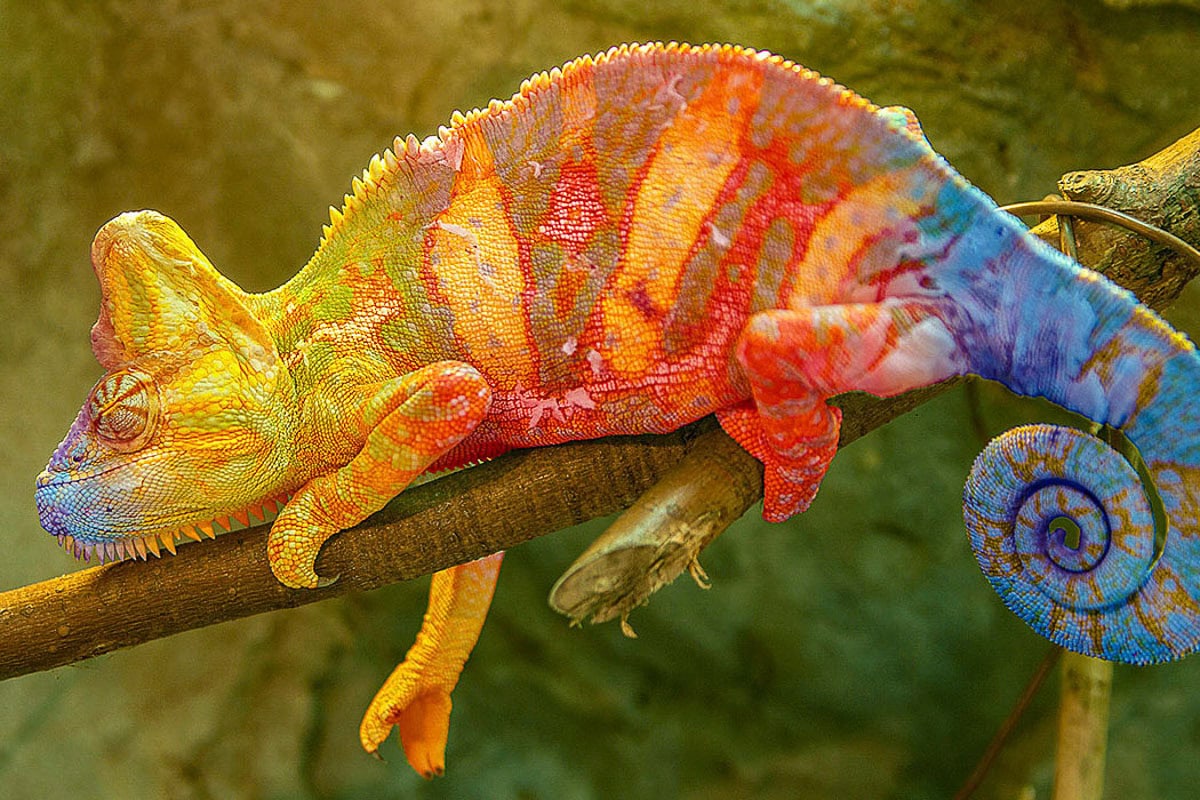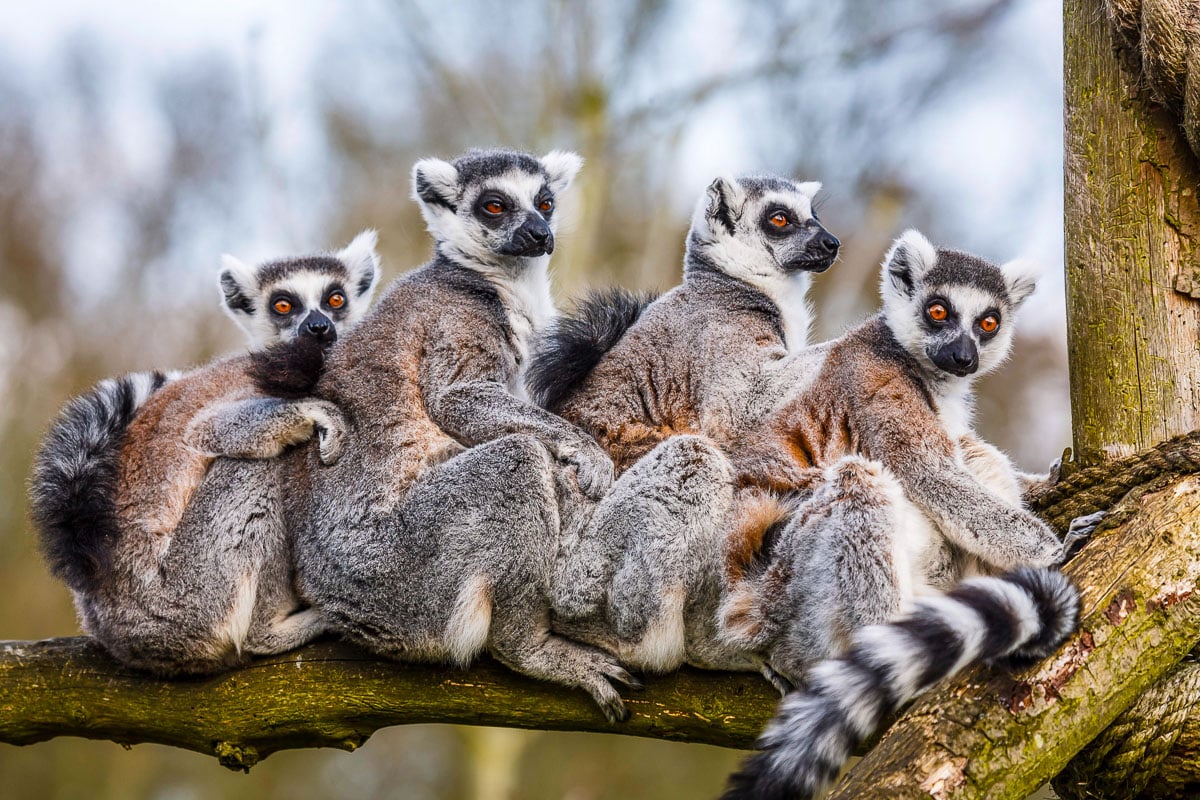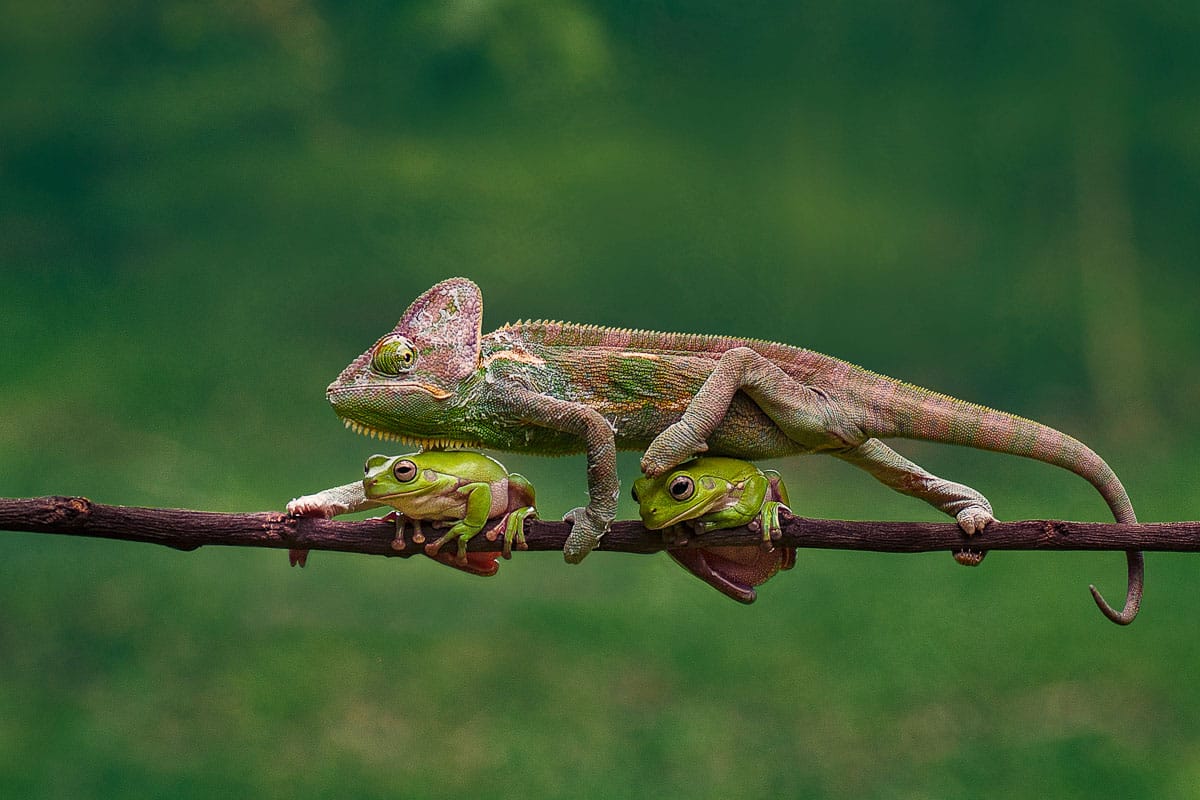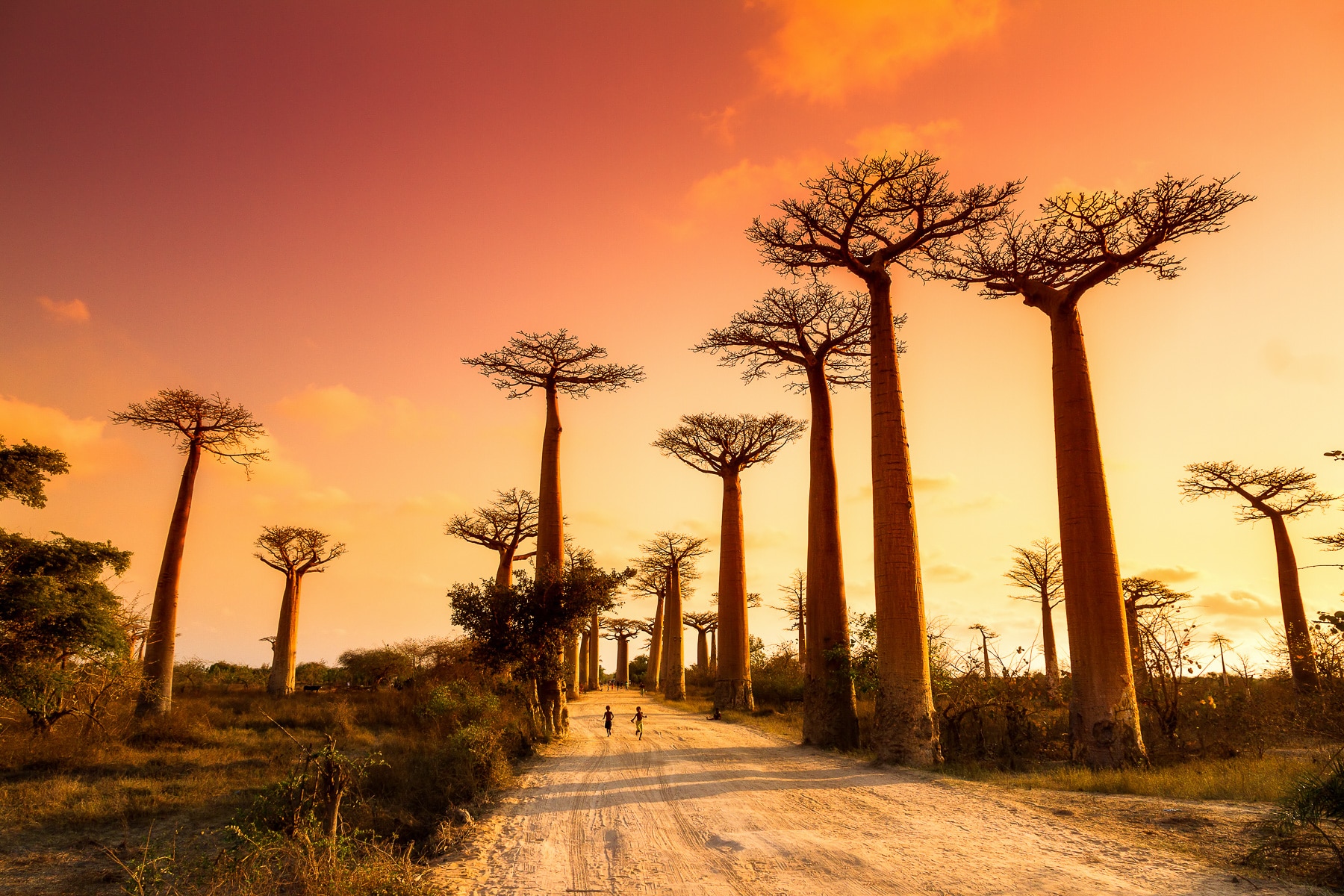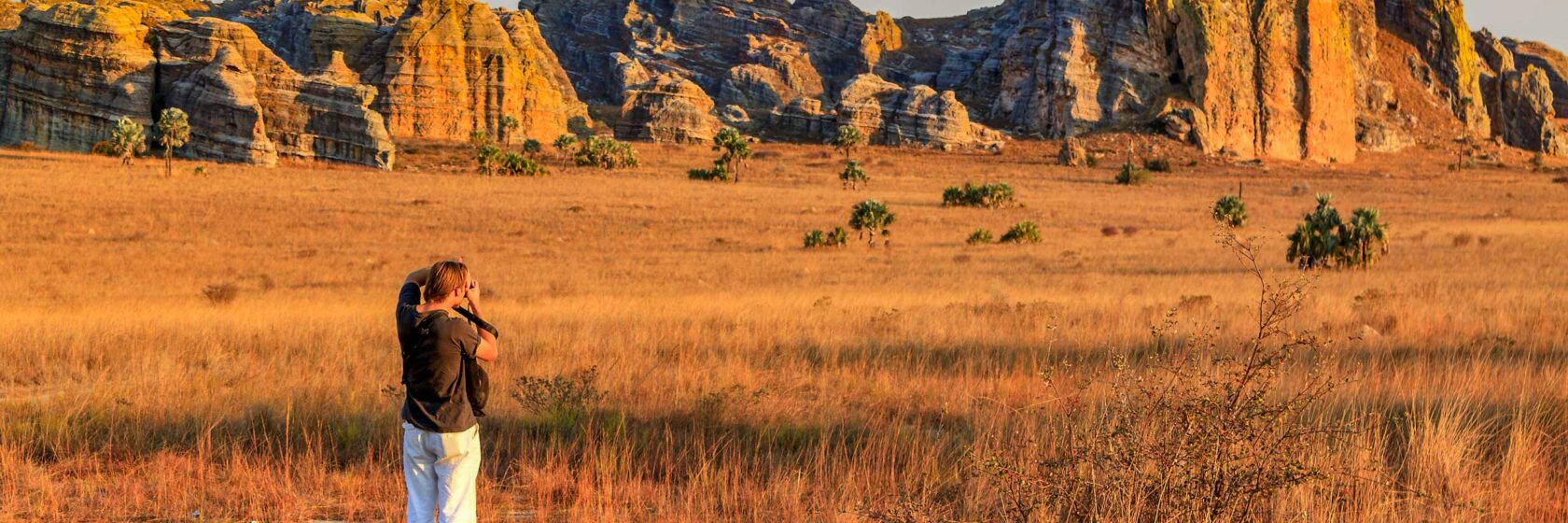
Madagascar
Best Time to Visit Madagascar
Madagascar has a tropical climate with many microclimates, so the weather can vary greatly depending on the time of year and region of the country. The north and south tend to be warm and dry, while the highlands, including the capital, Antananarivo, are cooler. The east is mostly rainforest, where wet weather is always a possiblity.
The ideal time to visit is between April and November. (There are heavy rains from December to March, so travel during that time is not recommended.) Each season is unique and offers its own attractions: April and May’s landscapes are lush and vibrant, July provides cooler temperatures good for extensive hiking, September and October bring a new generation of baby lemurs, and warmer days in November are especially good for reptiles.
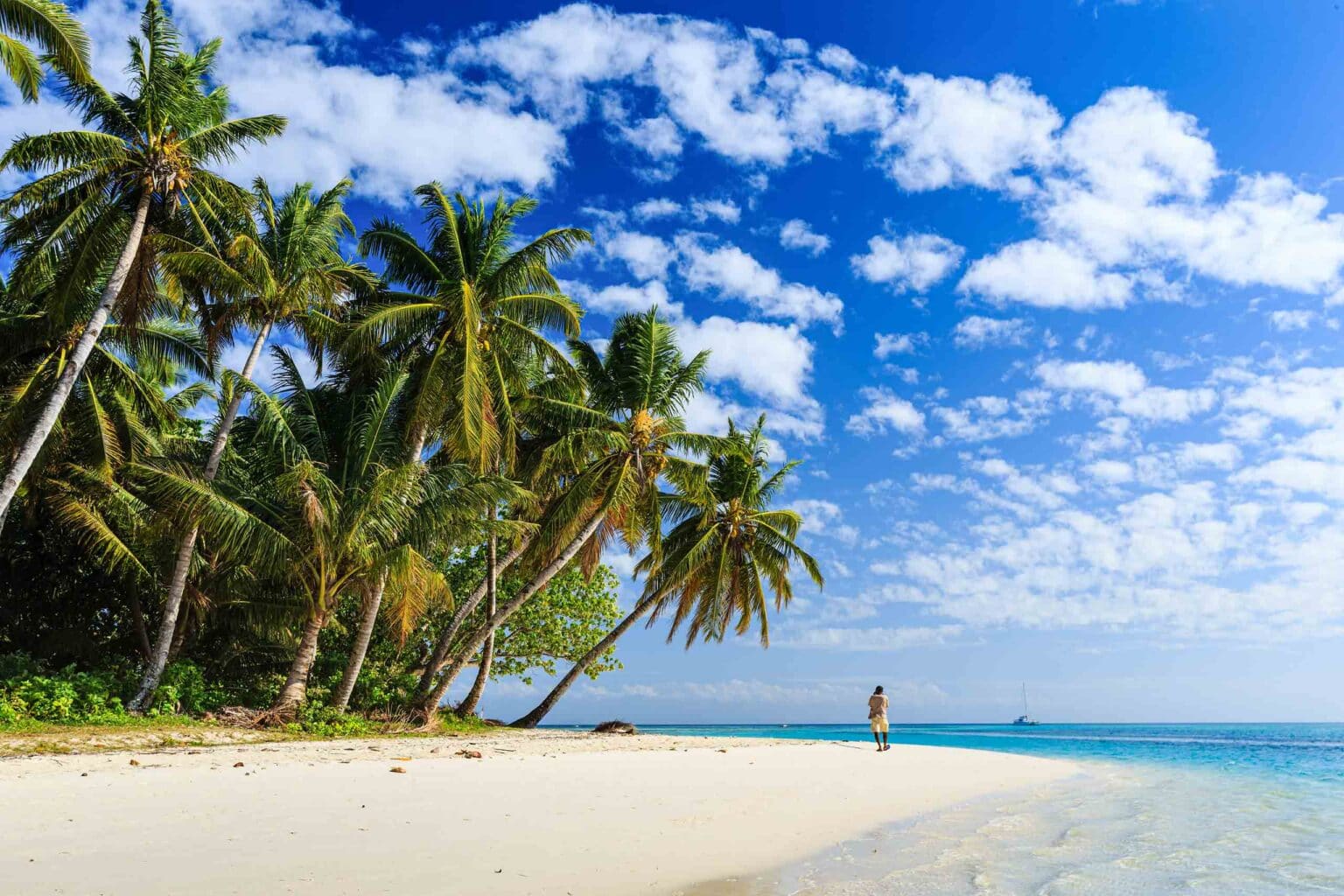
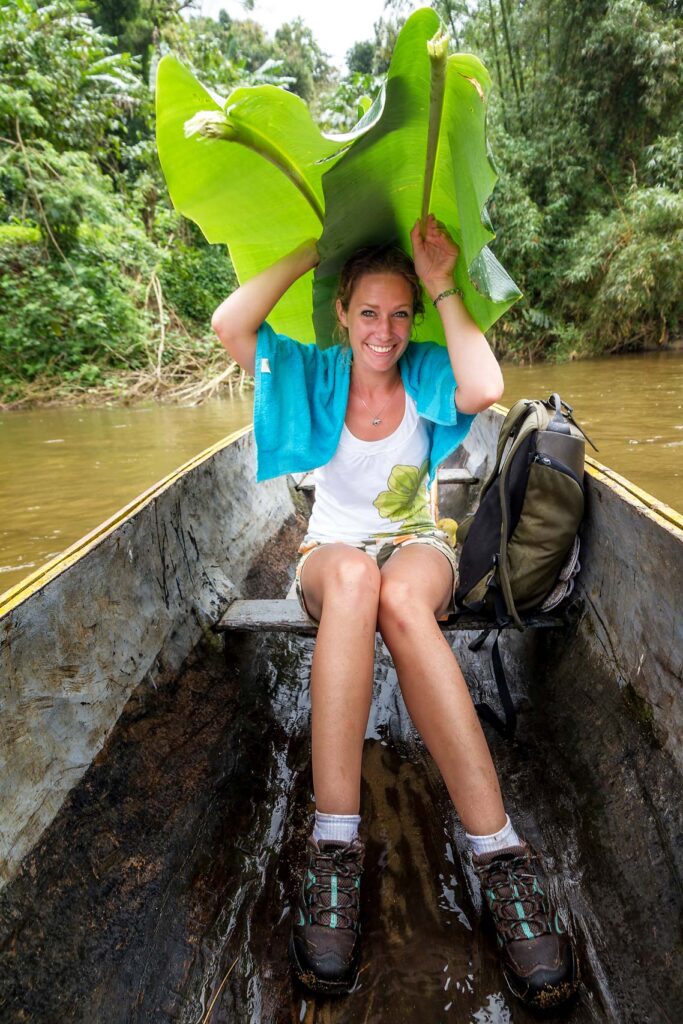
April
The scenery is vibrant green and the parks are not crowded. There is still a chance of some rain but this is an ideal time to visit. It’s the season for the territorial stink fight between male ringtails—an entertaining spectacle. Trees start losing their leaves, making it easier to see small birds, butterflies, and lemurs. The weather is sunny during the day and cool in the evenings. Local rice farmers will be in the rice paddies harvesting the last crop of the season.
May/June
This is the start of the dry season, with temperate weather. It’s a good time to see larger birds like eagles, and temperatures are cool enough that daytime hikes are comfortable.
July/August
This is the winter season; days are typically cool and dry. Birdlife is plentiful, but since it’s cooler, chameleons are harder to spot in the wild (although our guides are very good!). We recommend itineraries like our Magical Madagascar trip that focus on parks south of Antananarivo to avoid the haze that’s common in July as many farmers clear their fields with the slash-and-burn method. This is a good time to see the tsingy limestone formations, since it is cooler during the day.
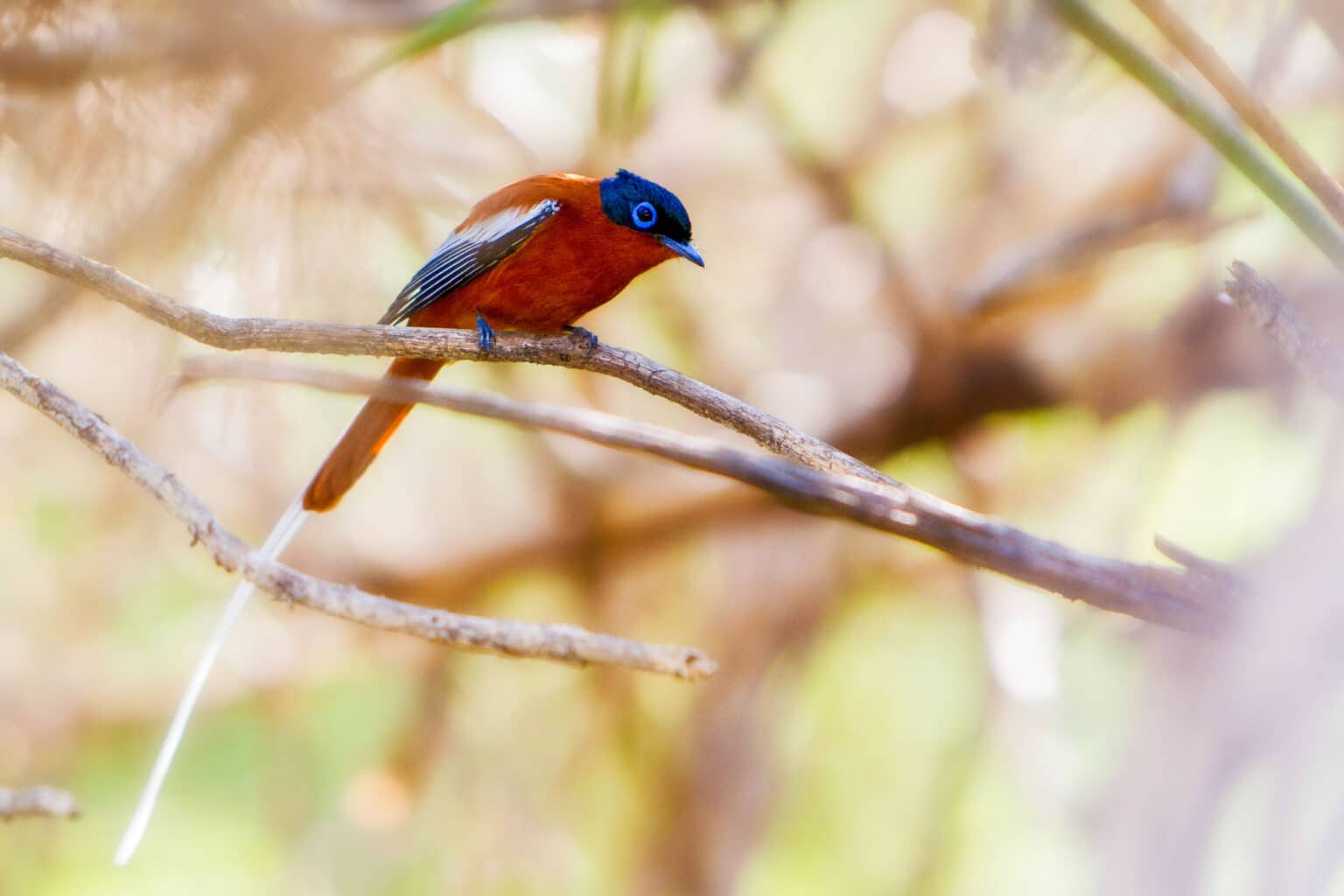
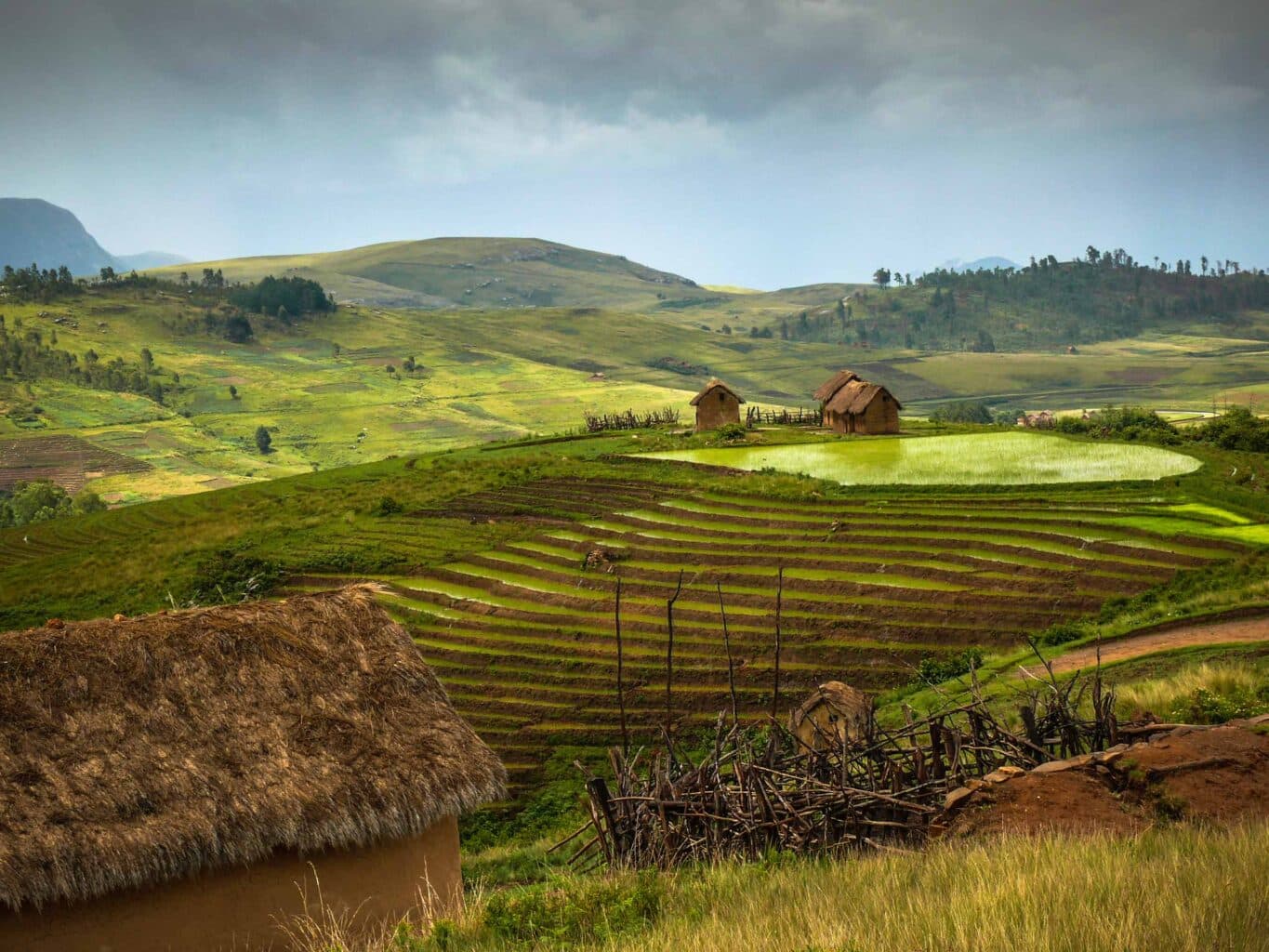
September
Weather is generally warm and dry, especially in the north and south. It is the start of mating season for the largest lemur, the indri, and a good time to hear its calls. Baby ring-tailed lemurs, born beginning in August, are easiest to see in September and October.
October
The weather is warmer and mid-day can be hot in the south and north. There is a chance of afternoon showers in the east. This is an ideal time to see baby and juvenile lemurs. It is the mating season for fossa (in Kirindy) and a good time for birds.
November
It’s warm and the start of the rainy season in the highlands, with afternoon showers. It’s still dry in the east. Daytime temperatures are warm to hot in the north and south, making this a good time to see reptiles and amphibians.
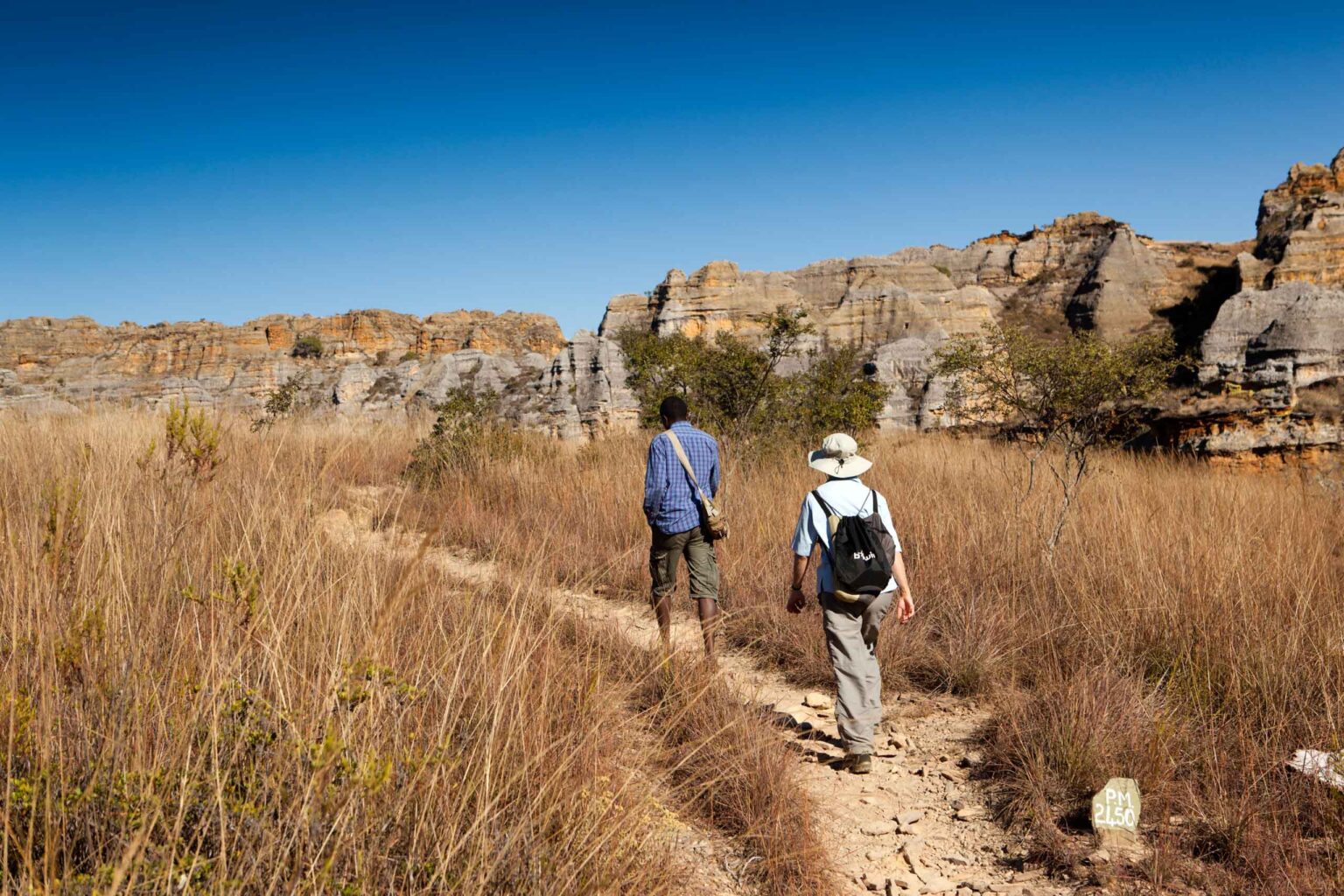
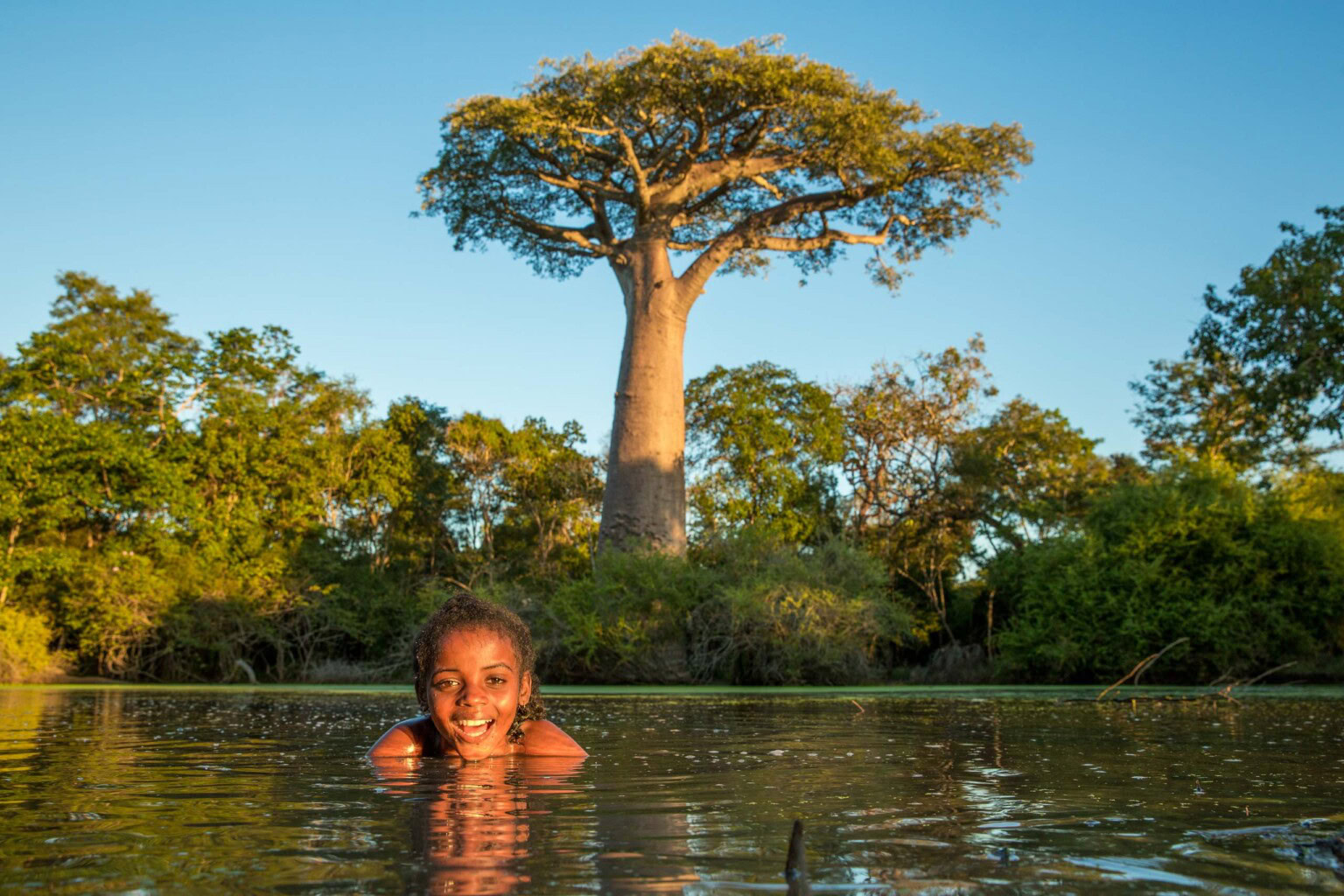
| Month | Climate and Environment | Flora and Fauna |
|---|---|---|
| April Madagascar: Off the Beaten Path |
|
|
| May/June Magical Madagascar |
|
|
| July/August Magical Madagascar |
|
|
| September/October Magical Madagascar and Madagascar: Off the Beaten Path |
|
|
| November Magical Madagascar |
|
|
Highlands
| ANTANANARIVO | JAN | FEB | MAR | APR | MAY | JUN | JUL | AUG | SEP | OCT | NOV | DEC |
|---|---|---|---|---|---|---|---|---|---|---|---|---|
| Average °F | 69.3 | 70.0 | 68.9 | 67.3 | 62.8 | 60.1 | 59.0 | 59.0 | 61.7 | 65.3 | 68.5 | 68.9 |
| Max °F | 77.7 | 79.2 | 77.7 | 76.5 | 73.0 | 70.7 | 68.5 | 68.7 | 72.5 | 77.4 | 79.3 | 78.1 |
| Min °F | 60.8 | 60.8 | 60.3 | 58.1 | 52.7 | 49.5 | 49.5 | 49.3 | 50.9 | 53.4 | 57.9 | 59.9 |
| Rainfall | 11.9" | 10.2" | 7.6" | 1.8" | 0.6" | 0.4" | 0.4" | 0.4" | 0.5" | 1.9" | 5.9" | 10.4" |
| Days Rain | 21 | 20 | 17 | 11 | 9 | 9 | 10 | 9 | 7 | 9 | 13 | 20 |
| Humidity | 80.5% | 81.5% | 80.5% | 79.5% | 78.5% | 77.5% | 77% | 74.5% | 70.5% | 67% | 70% | 76.5% |
East
ANDASIBE | JAN | FEB | MAR | APR | MAY | JUN | JUL | AUG | SEP | OCT | NOV | DEC |
|---|---|---|---|---|---|---|---|---|---|---|---|---|
| Average °F | 72.1 | 72.5 | 71.2 | 69.4 | 65.5 | 62.2 | 59.9 | 60.4 | 62.2 | 66.0 | 69.8 | 71.6 |
| Max °F | 81.1 | 81.5 | 80.8 | 79.2 | 76.5 | 72.9 | 68.4 | 69.4 | 72.1 | 77.0 | 80.6 | 81.5 |
| Min °F | 63.1 | 63.5 | 61.9 | 59.9 | 54.7 | 51.6 | 51.4 | 51.4 | 52.5 | 55.2 | 59.0 | 61.7 |
| Rainfall | 12.9" | 13.3" | 10.7" | 4.3" | 2.9" | 3.6" | 3.5" | 3.1" | 2.3" | 2.1" | 5.1" | 10.4" |
| Days Rain | 20.5 | 20.4 | 20.2 | 13.6 | 11.4 | 10.3 | 12.3 | 12 | 8.4 | 12.2 | 15.7 | 20.8 |
| Humidity | 82.7% | 83% | 83.6% | 82.4% | 81.7% | 81.5% | 81.9% | 79.6% | 76.7% | 76% | 79.7% | 81.6% |
Southwest
| TOLIARA | JAN | FEB | MAR | APR | MAY | JUN | JUL | AUG | SEP | OCT | NOV | DEC |
|---|---|---|---|---|---|---|---|---|---|---|---|---|
| Average °F | 82 | 80 | 79 | 76 | 72 | 71 | 69 | 69 | 72 | 75 | 78 | 81 |
| Max °F | 92 | 89 | 89 | 89 | 84 | 81 | 81 | 80 | 83 | 86 | 87 | 91 |
| Min °F | 72 | 71 | 69 | 64 | 61 | 61 | 58 | 58 | 61 | 65 | 69 | 71 |
| Rainfall | 2.9" | 2.7" | 1.8" | 0.3" | 0.7" | 0.5" | 0.2" | 0.2" | 0.4" | 0.6" | 1.5" | 1.8" |
| Days Rain | 4 | 1 | 1 | 0 | 0 | 0 | 0 | 2 | 0 | 0 | 2 | 1 |
| Humidity | 76% | 76% | 76% | 76% | 74% | 75% | 73% | 73% | 73% | 74% | 74% | 76% |
Learn More
Talk to an Expert
Our Africa Specialists know every detail about our Madagascar trips. They will be happy to answer any questions and help you choose the journey that’s right for you. Contact us to learn more or book your trip today!

